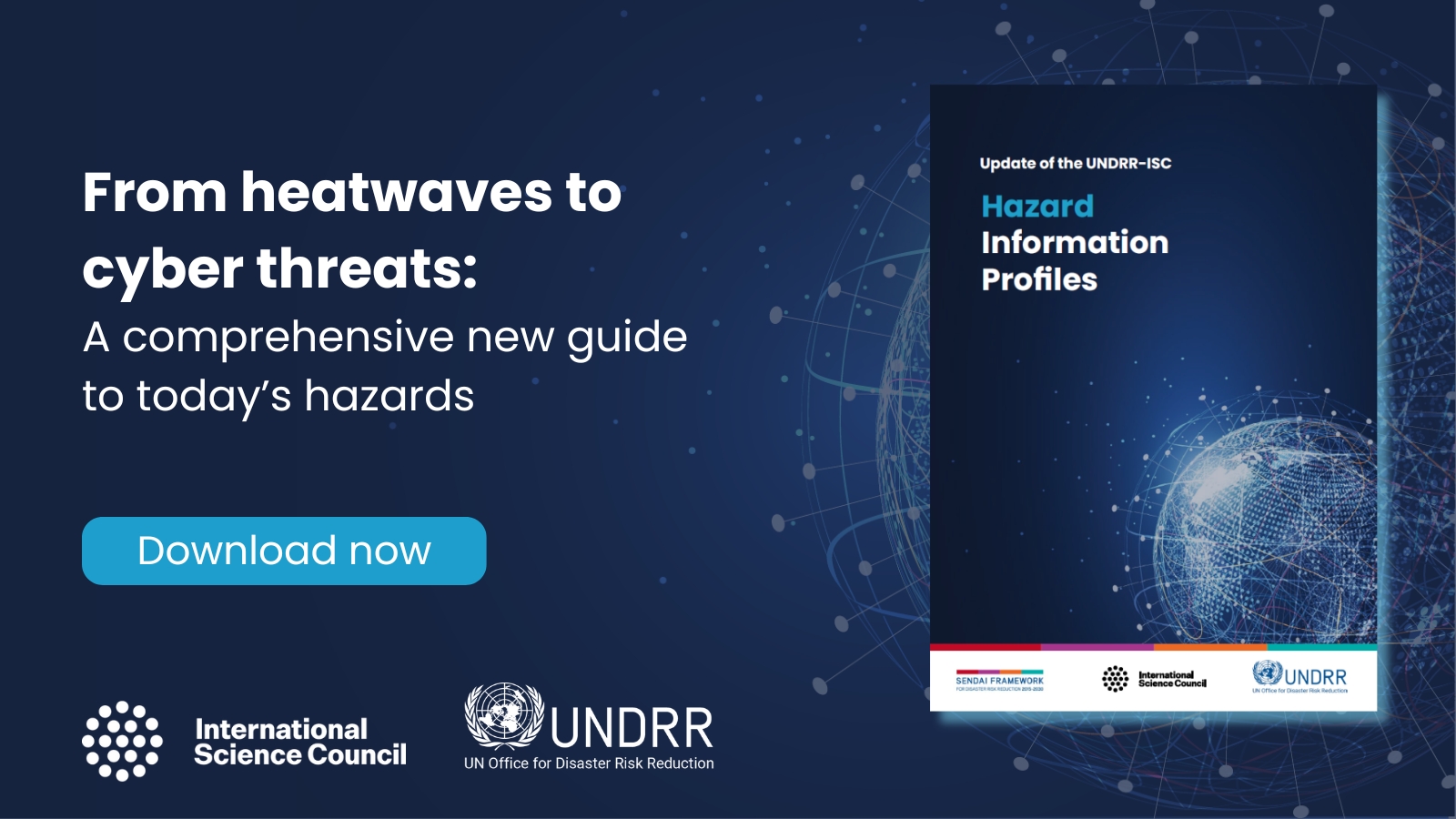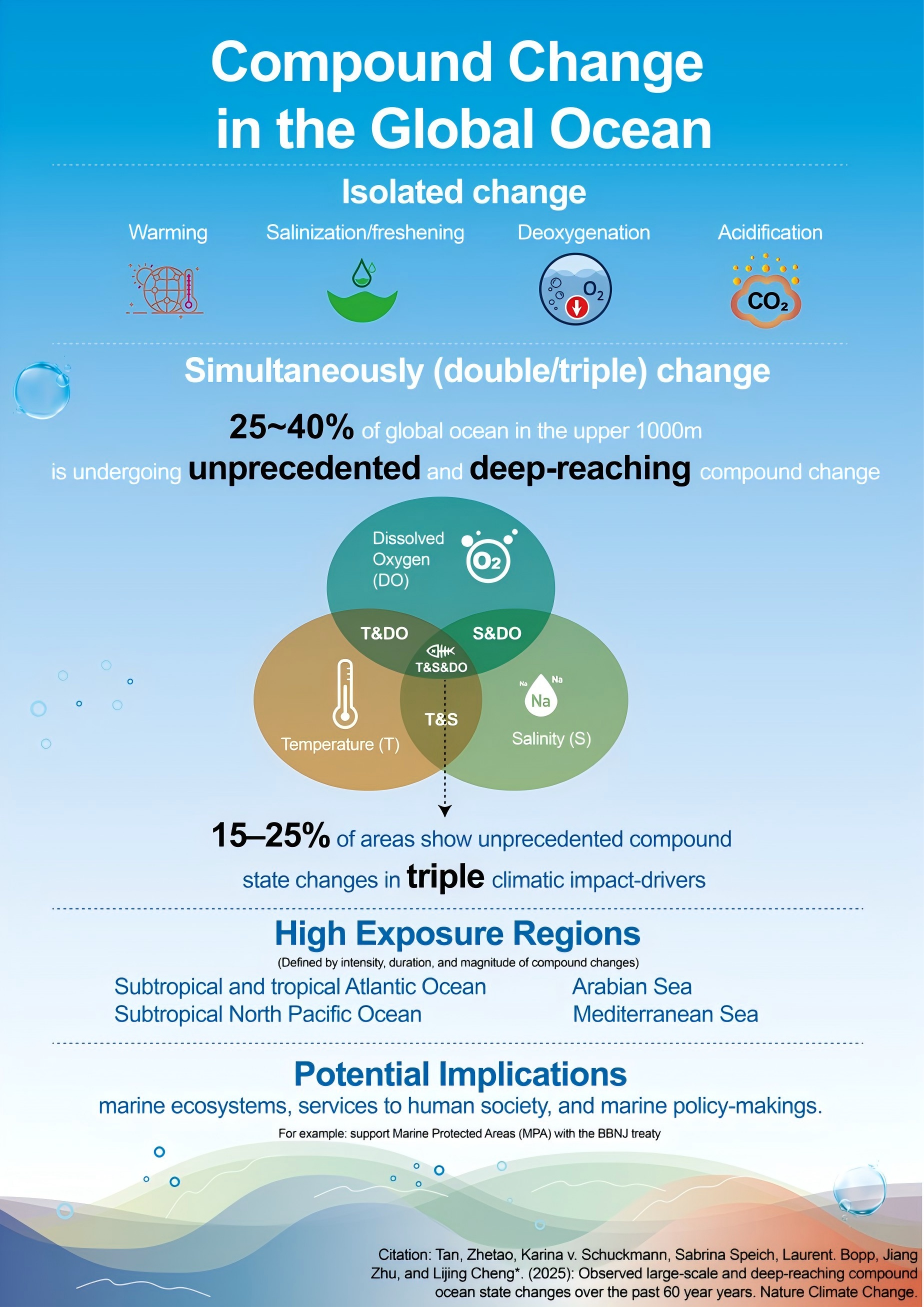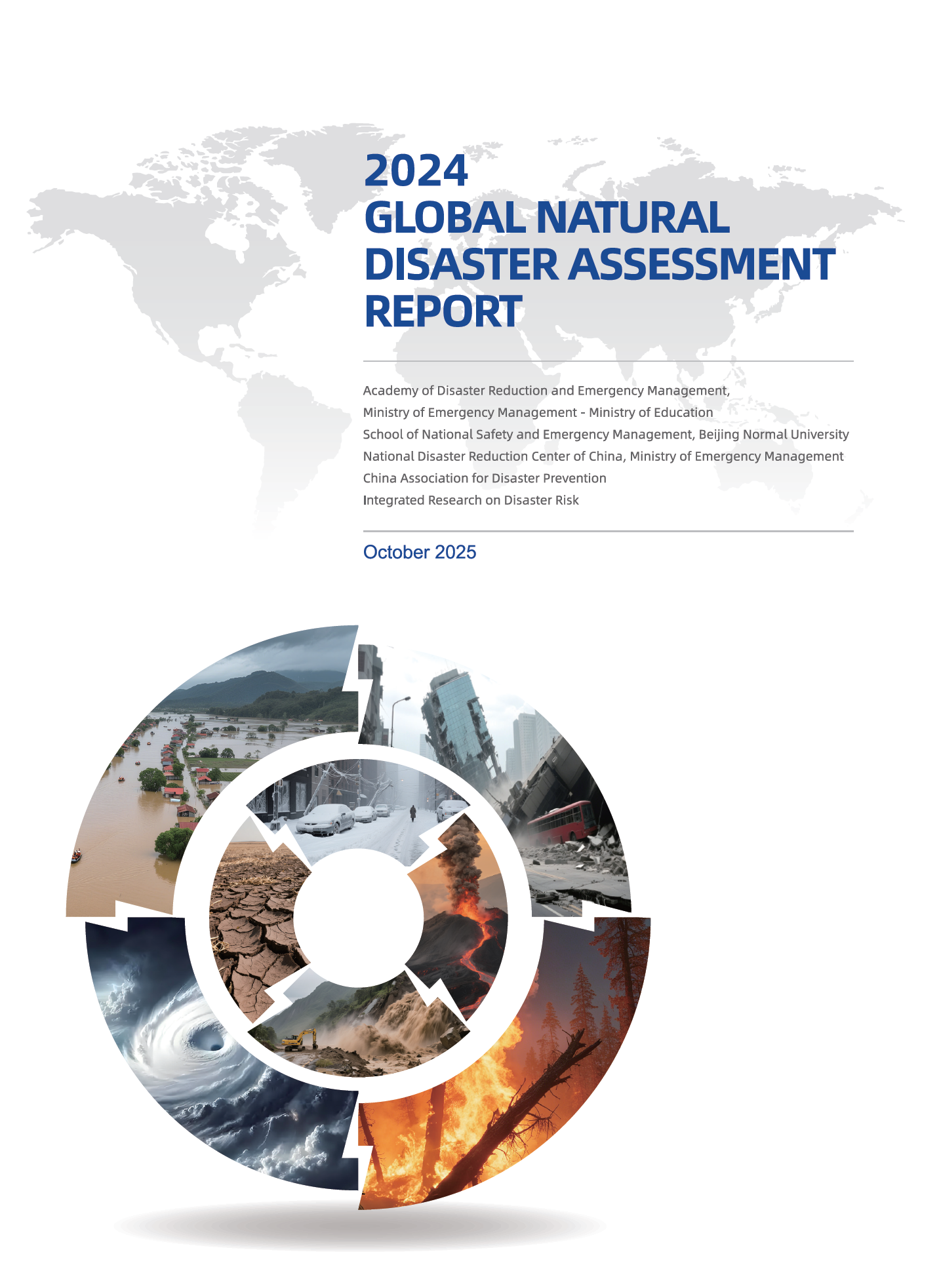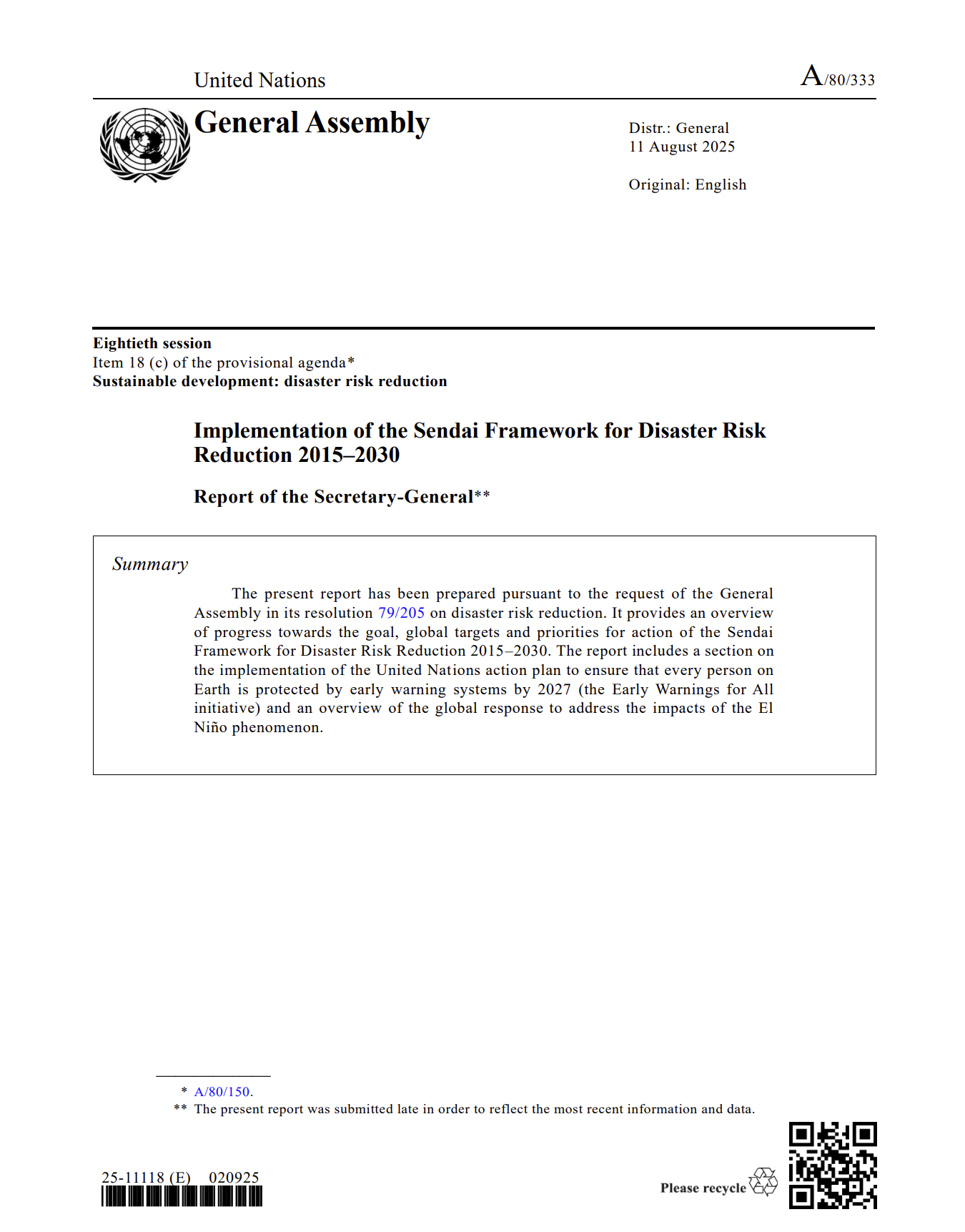The United Nations Office for Disaster Risk Reduction (UNDRR) and the International Science Council (ISC) have released an updated edition of their comprehensive hazard guide, offering clear, standardized information on 282 hazards – from wildfires and earthquakes to cyberattacks and pandemics.
The new edition reflects the complex and interconnected nature of today’s global risk landscape. Hazards increasingly occur together, cascade across systems, and amplify one another. In response, the updated profiles emphasize a multi-hazard approach—critical for effective early warning systems, emergency planning, and disaster resilience.
Originally launched in 2021 as the first resource of its kind, the hazard definitions and classification provide an authoritative technical foundation for disaster risk reduction efforts worldwide. This updated edition builds on that foundation with:
282 reviewed hazards across 8 types and 39 clusters
Improved, machine-readable format to support their use across digital tools and systems. E.g. the updated hazard taxonomy with standard definitions enables the new generation UNDRR-UNDP-WMO disaster tracking system.
Clearer articulation of hazard interactions and multi-hazard scenarios
User-informed revisions and new content to support real-world planning and response
“From local governments to humanitarian agencies, the need for consistent, science-based hazard information is universal. These profiles reflect the best available scientific understanding of hazards and offer a foundation for evidence-based policies that reduce risk and build resilience,” said Salvatore Aricò, CEO, International Science Council.
“Reliable and standardized hazard data are essential for informing disaster risk reduction strategies. This update helps countries implement the Sendai Framework for Disaster Risk Reduction to reduce losses by 2030,” said Kamal Kishore, the Special Representative of the United Nations Secretary-General for Disaster Risk Reduction.
“This updated edition reflects what we’ve learned: hazards are not standalone events. They are part of a complex web of risk. By bringing together diverse expert and user input, we’ve made these profiles more actionable, more interconnected, and more immediately useful,” said Professor Virginia Murray, Chair of the Hazard Information Profiles Steering Group.
The revision process engaged over 270 experts, reviewers, and users from across sectors and regions. A dedicated User Group, Multi-Hazard Group, and Machine Actionability Group ensured the profiles remain practical, future-ready, and inclusive of diverse perspectives and needs. Leading experts from IRDR community contributed to the initial version and the updated version by providing contents and review comments.
Since the initial release, the hazard profiles have been widely used by national disaster management agencies, UN bodies, researchers, and humanitarian organizations for planning, monitoring, risk assessments, and training. This success has prompted the current update to ensure that they remain relevant and up to date.
[Download the updated techical report and HIPs]






